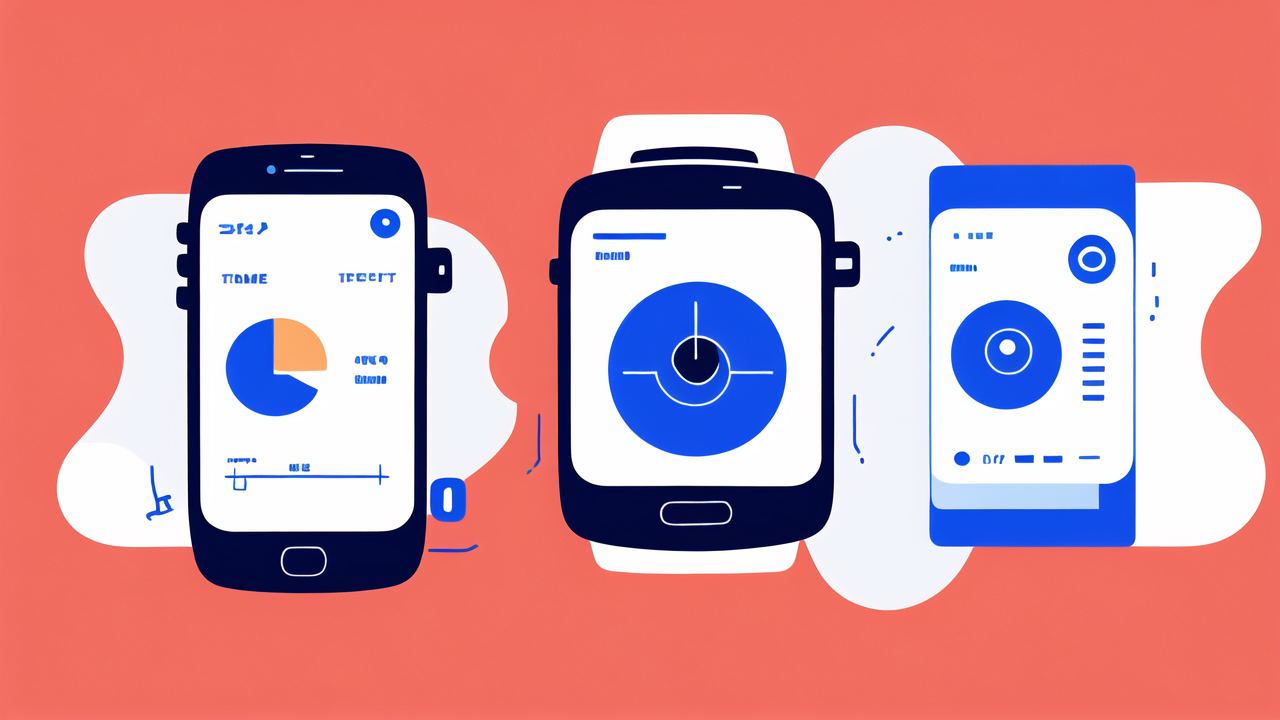The Advent of Fila's Smartwatch in the 80s: A Historical Overview
Understanding the Technology Behind Fila's Timepiece
Fila's smartwatch in the 1980s was a groundbreaking innovation. It combined digital timekeeping with basic data storage. The watch had a simple LCD display and buttons for user input. It could store phone numbers and short notes.

The technology was primitive by today's standards. It used a basic microprocessor and limited memory. The battery life was short, often lasting only a few days. Despite these limitations, it was a significant step forward in wearable tech.
Fila's smartwatch paved the way for future innovations. It showed that wrist-worn devices could do more than tell time. This concept would later evolve into the advanced smartwatches we know today.
The Impact of Fila's Smartwatch on Fashion and Technology
Fila's smartwatch had a huge impact on both fashion and technology. In fashion, it made digital watches cool and desirable. It wasn't just a practical device, but a style statement. Many people wanted to wear it to look modern and tech-savvy.
In technology, it sparked a new wave of innovation. Other companies started to explore the idea of wearable tech. This led to the development of more advanced digital watches. These new watches had features like calculators and games.
The Fila smartwatch also changed how people thought about personal tech. It showed that technology could be portable and always accessible. This idea would later influence the development of smartphones and other wearable devices.
The Modern Smartwatch Ecosystem: Integration of Health and Fitness Features
The Role of Wearables in Personal Health Management
Modern smartwatches have become powerful tools for personal health management. They can track a wide range of health metrics. These include heart rate, sleep patterns, and physical activity levels. Some can even measure blood oxygen levels and detect irregular heart rhythms.

These features allow users to monitor their health in real-time. They can spot trends and potential issues early. This data can be shared with healthcare providers for better care. Many people use their smartwatches to set health goals and track their progress.
Smartwatches also offer features like workout tracking and guided exercises. They can remind users to move more or take deep breaths to reduce stress. This constant health monitoring and guidance has made smartwatches valuable health companions.
Advancements in Battery Life and Design for Long-Lasting Users
Battery life has been a major focus in smartwatch development. Early models often needed daily charging. Now, many can last several days or even weeks on a single charge. This improvement comes from better battery tech and more efficient processors.
Designers have also made smartwatches more comfortable for all-day wear. They use lightweight materials and ergonomic designs. Many models are now water-resistant, allowing users to wear them while swimming or showering.
The displays have also improved. They're now brighter and easier to read in sunlight. Some use always-on technology, so you can check the time without waking the device. These advancements have made smartwatches more practical for everyday use.
The Future of Smartwatches: Trends and Predictions in the United States Market
Anticipating Changes in Consumer Behavior and Expectations
Consumer expectations for smartwatches are evolving rapidly in the US market. Users now want more than just notifications and basic fitness tracking. They're looking for devices that can truly enhance their daily lives.

One trend is the desire for more health-focused features. Consumers want watches that can monitor chronic conditions and predict health issues. There's also growing interest in mental health features, like stress monitoring and mindfulness apps.
Another expectation is better integration with other smart devices. Users want their watches to control their smart homes, cars, and other gadgets. They also expect more personalized experiences, with AI-driven insights and recommendations.
Privacy and data security are becoming more important to consumers. They want assurance that their health data is protected. This could lead to more focus on secure data storage and transmission in future smartwatch designs.
Technological Innovations Shaping the Next Generation of Smartwatches
The next generation of smartwatches will likely feature groundbreaking technologies. One area of innovation is in display technology. Flexible and rollable displays could allow for larger screens without bulky designs.
Improved sensors will enable more accurate health monitoring. We might see watches that can measure blood glucose levels or detect early signs of illness. Some companies are working on smartwatches that can analyze sweat composition for health insights.
Battery technology is set to improve further. We may see watches powered by body heat or movement. This could eliminate the need for regular charging. Some researchers are exploring the use of graphene batteries, which could offer faster charging and longer life.
AI and machine learning will play a bigger role in smartwatches. They could provide more personalized health advice and lifestyle recommendations. These watches might learn your habits and preferences to offer tailored suggestions.
Connectivity is another area of focus. Future smartwatches may have built-in cellular capabilities, freeing them from reliance on smartphones. They might also use advanced Bluetooth or new wireless technologies for faster, more reliable connections.
In conclusion, smartwatches have come a long way since Fila's early model. They've evolved from simple digital timepieces to sophisticated health and lifestyle devices. As technology continues to advance, smartwatches will likely become even more integral to our daily lives. The future looks bright for these wrist-worn wonders.




Leave a comment
This site is protected by hCaptcha and the hCaptcha Privacy Policy and Terms of Service apply.